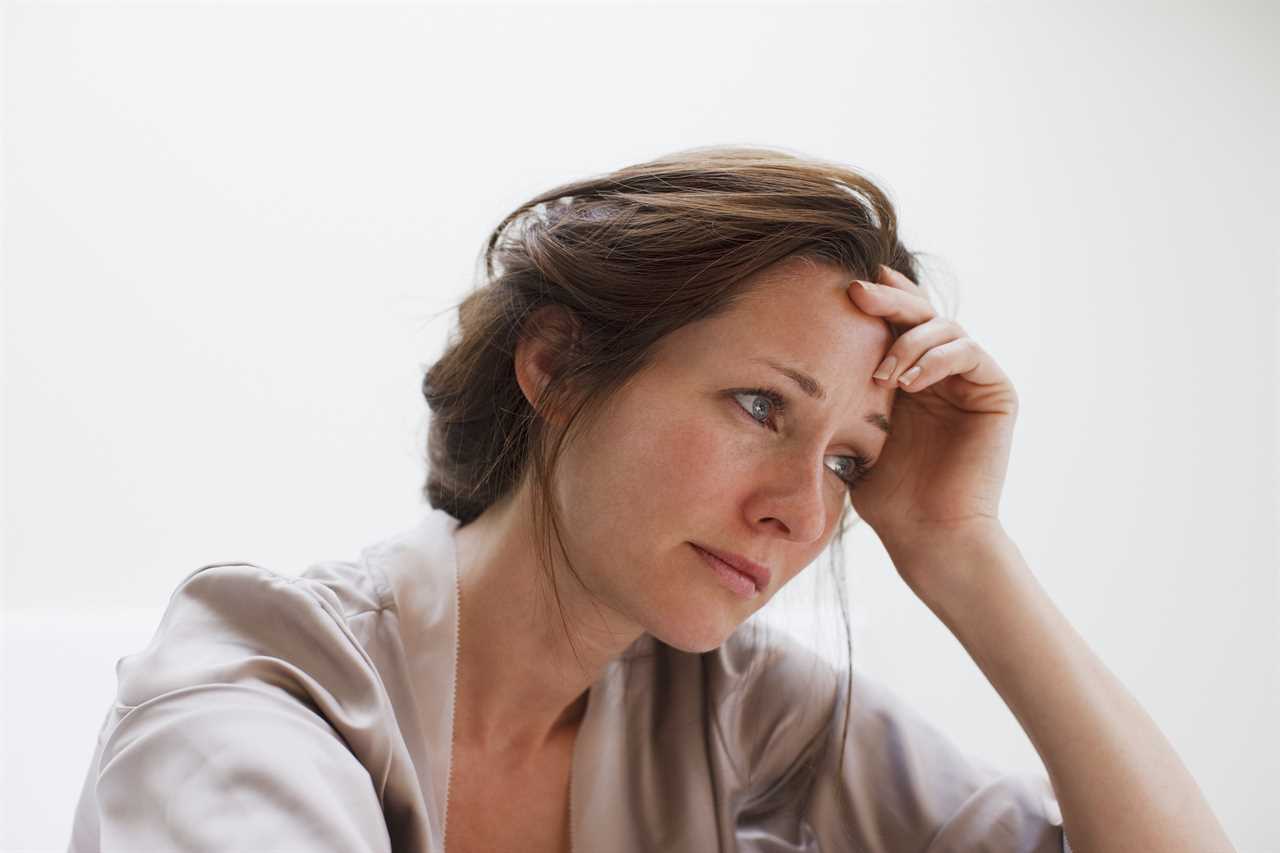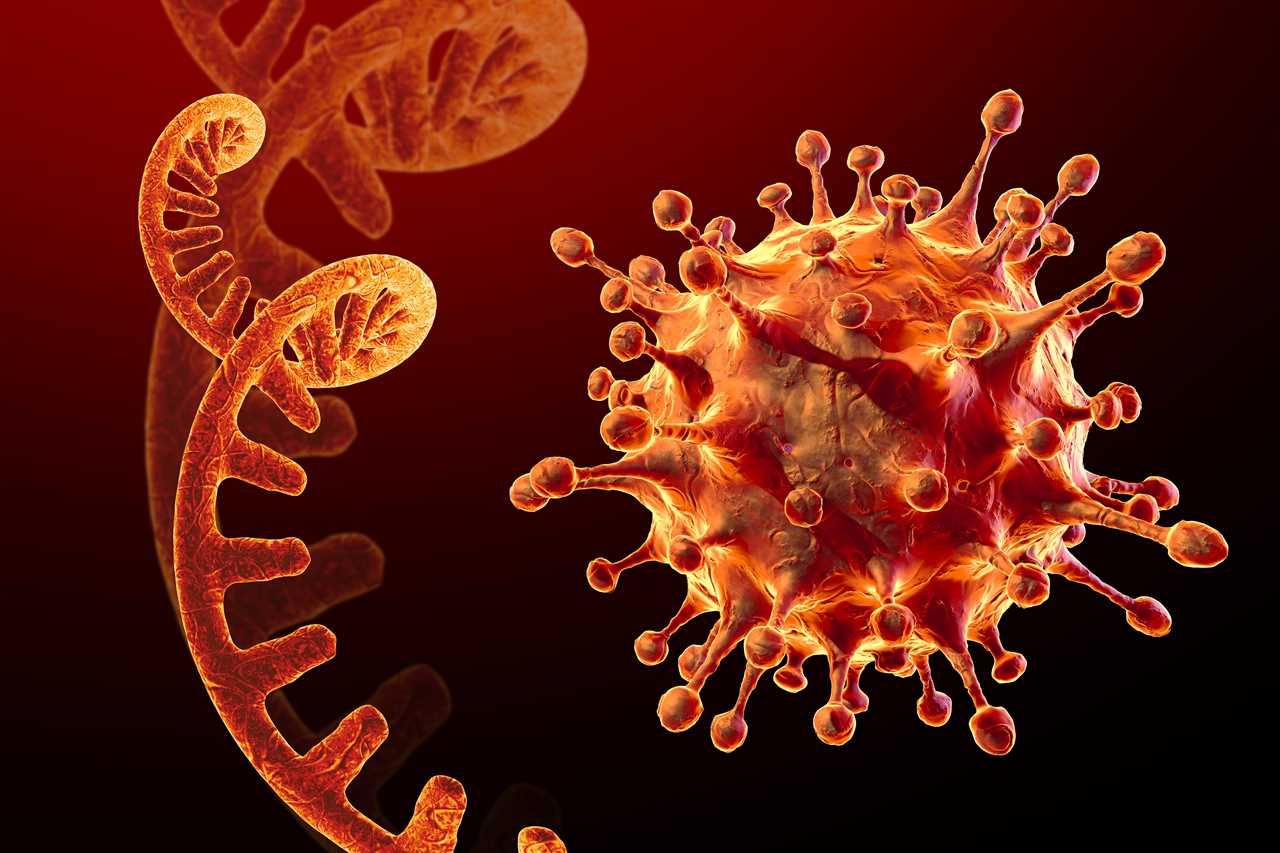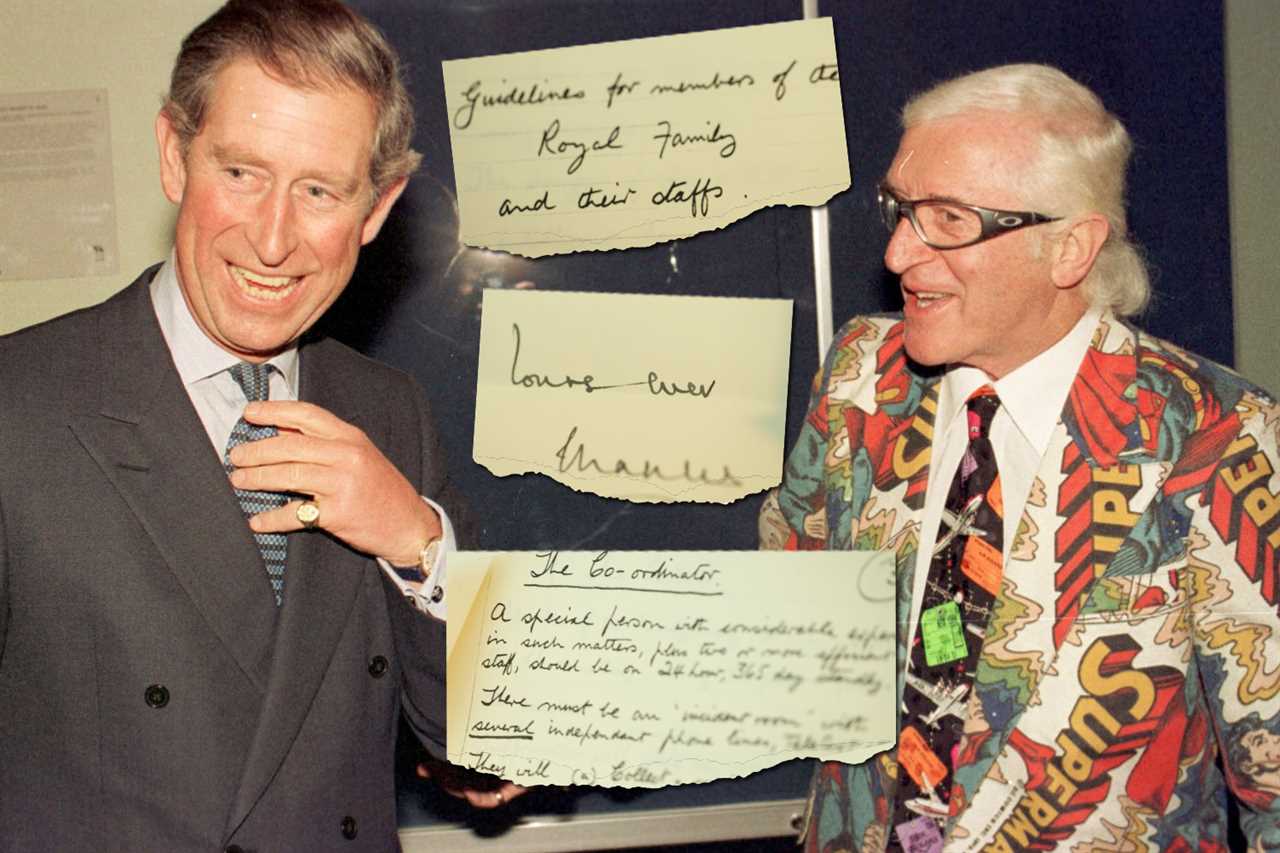COVID is hitting kids in large numbers – with one in 11 youngsters infected.
Last week almost three children in every primary classroom had the bug, although it is often an even milder illness in youngsters.
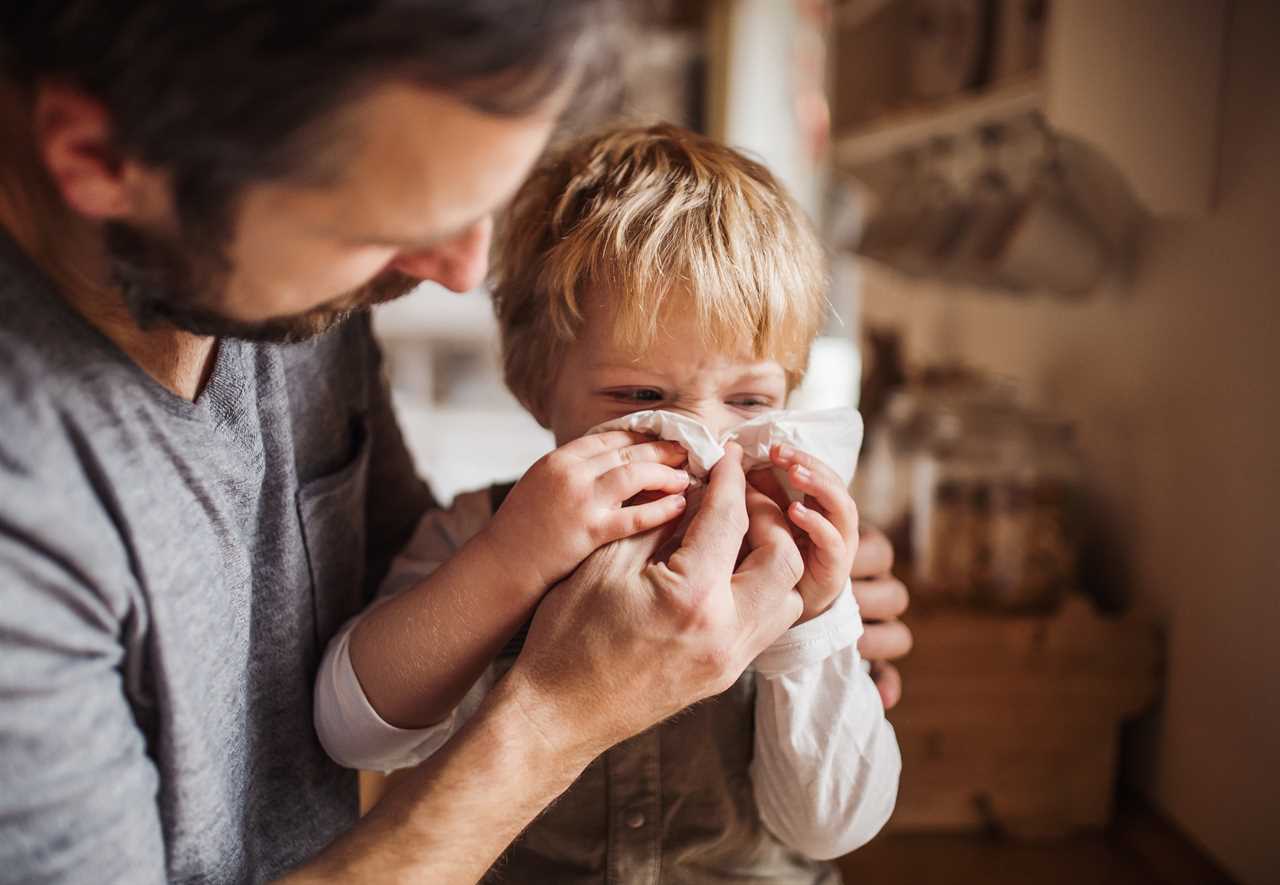
Experts warned the virus is now “absolutely rife” among five to 11 year olds – with nine per cent having the bug last week.
It comes as free testing for the majority of England has ended, with the NHS adding more symptoms onto the official list for children.
Up until last week there had only been three – a persistent cough, fever and loss of taste or smell.
But now it includes more common respiratory infection symptoms, these are:
- Shortness of breath
- Feeling tired or exhausted
- An aching body
- A headache
- A sore throat
- A blocked or runny nose
- Loss of appetite
- Diarrhoea
- Feeling sick or being sick
- Fever
- Cough
- Loss or change to sense of smell or taste
Read more on Covid
England’s largest coronavirus infection survey shows record numbers of cases in the last three weeks of March — with one in 16 people positive — fuelled by the super infectious BA.2 Omicron variant.
Crucially, however, it has not caused a substantial increase in patients in hospital.
For the most part, people will recover after a few days at home feeling unwell.
This is due to the vaccine severing the link between cases and severe illness.
The React study shows about 6.3 per cent of people had the virus last month – topping a previous high of four per cent in mid-January.
Imperial College London professor Paul Elliot, who runs React, said greater mixing and waning immunity were to blame.
He said: “The over-55s are obviously the most vulnerable group and over eight per cent infection in that group… is absolutely unprecedentedly high levels, particularly in older people.
“We don’t have any evidence in the older group that things have plateaued, it still seems to be going up in that group.”
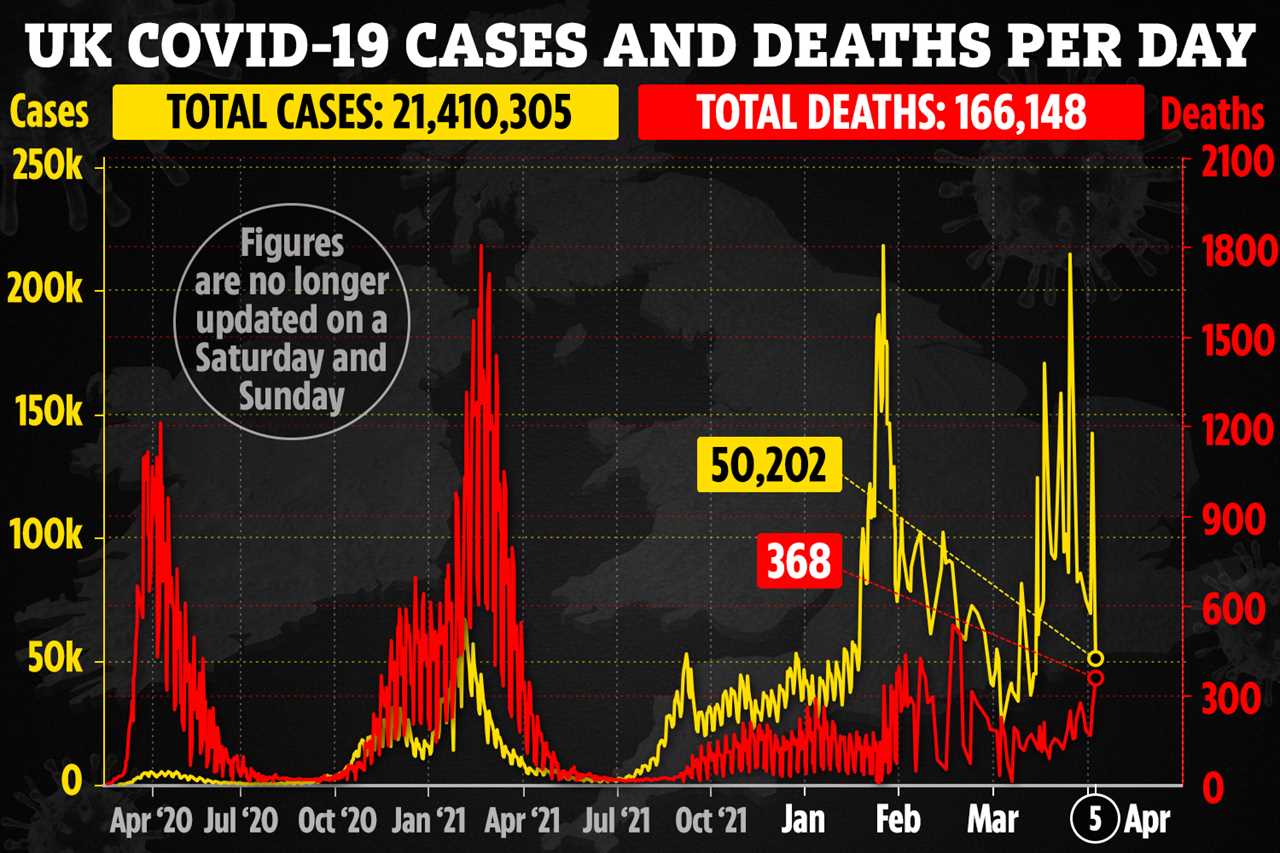
And warned Brits who had caught the original Omicron virus in winter may still be able to catch the newer BA.2 variant now.
Instead of getting tested if you think you have any symptoms, the Government now encourages people to stay at home and avoid others.
Children and young people who are ill and have a high temperature should stay at home and avoid contact with others if they can.
They can go back to school, college or childcare when they don’t have a fever and are well enough.
Previously Brits were told to avoid people for around ten days if ill, but this has now been changed to five.
Read More on Trending In The News
This is because it is likely you are most infectious within the first five days of being ill.
But if you would like to know for sure if you or your child are infected, you can simply buy a kit from around £1 for a single, or £10 for a pack of five from pharmacies.

